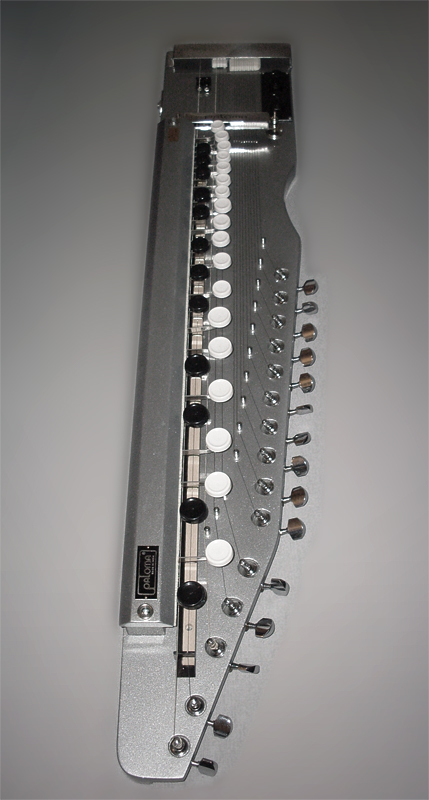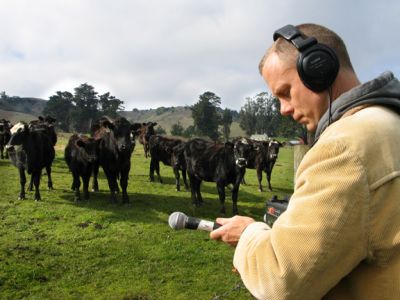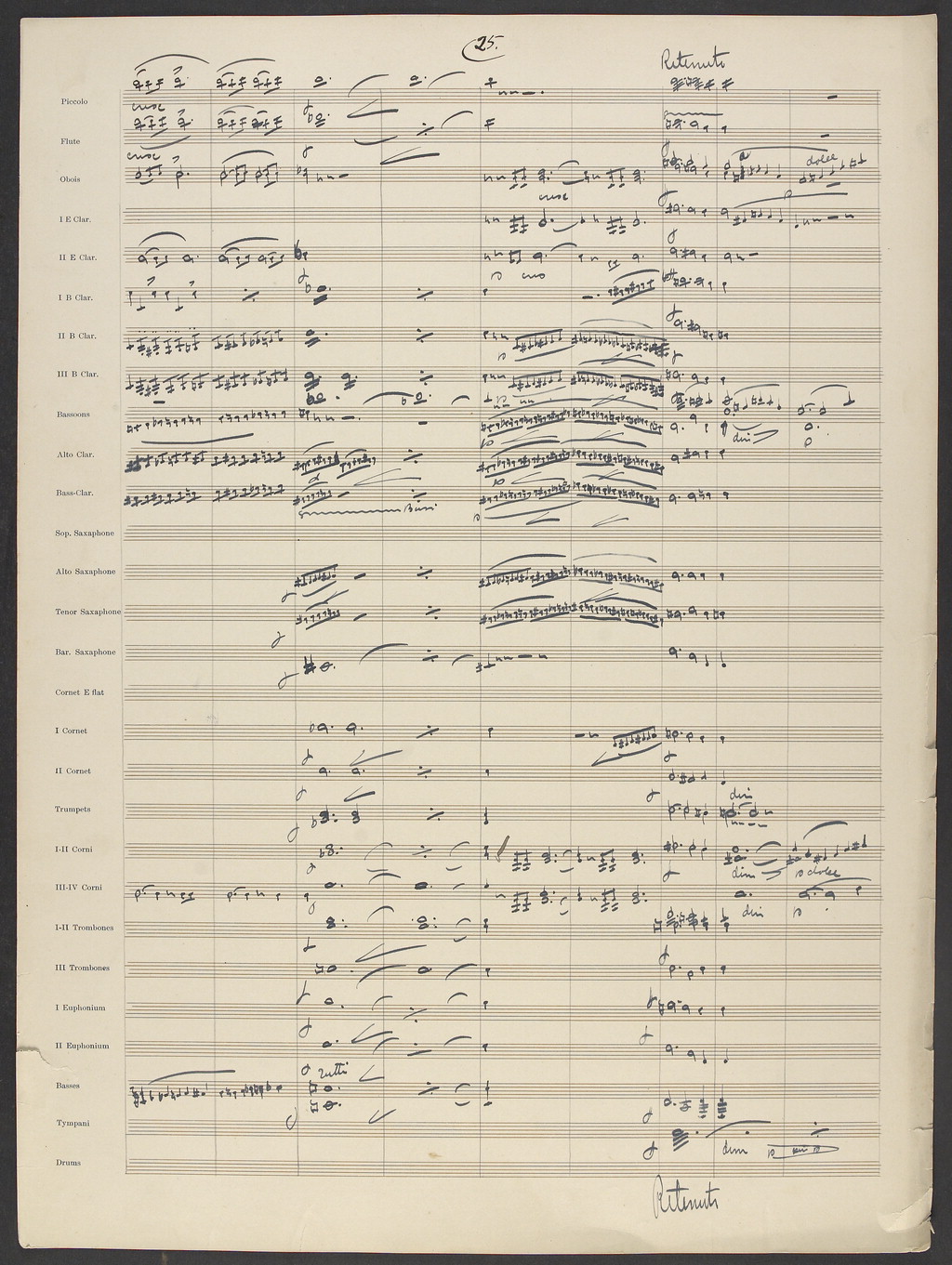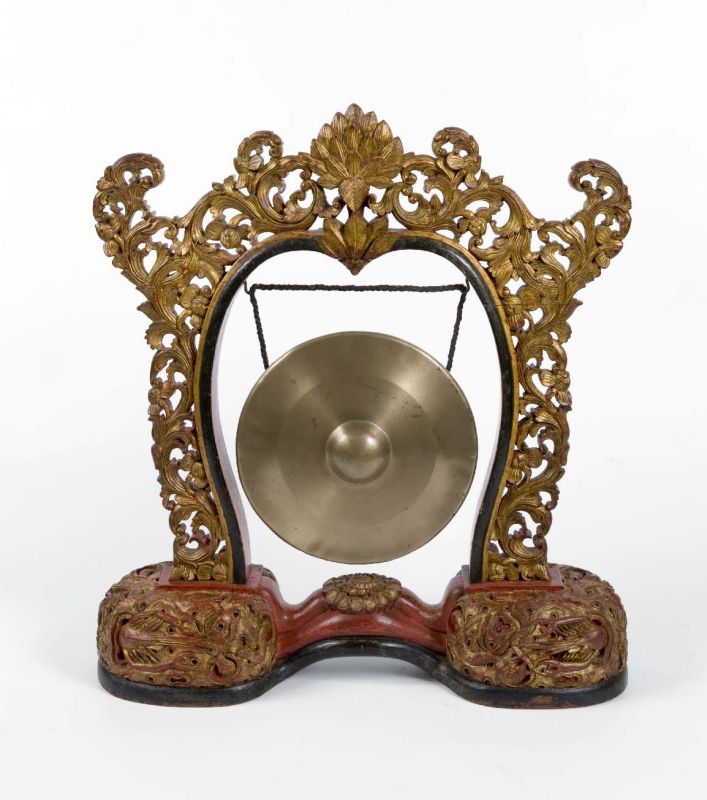|
See The World Given To A One Love Entity
''See the World Given to a One Love Entity'' is the second album from Brooklyn, New York psychedelic rock band Guardian Alien. The album was released in the form of one 37-minute track. Album cover The cover art was done by Turner Williams Jr., who plays shahi baaja on the record. It is said to depict a dream that drummer Greg Fox had. Portions of the cover are reflected in a poem included in the albums packaging, in which he hands a copy of the album to God and finds out he is an alien. Track listing Critical reception Upon its release, the album received generally positive reviews. Personnel * Guardian Alien ** Greg Fox – Drums, Gong, Kargyraa, Arrangement, Field recordings, Editing ** Alex Drewchin Jr. – Vocals ** Turner Williams Jr. – Shahi baaja, Cover art ** Bernard Gann – Guitar ** Eli Winograd – Bass guitar, Recording * Heba Kadry Heba Kadry is an Egyptian mastering engineer who currently resides in Brooklyn, New York. She is best known for her wo ... [...More Info...] [...Related Items...] OR: [Wikipedia] [Google] [Baidu] |
Guardian Alien
Guardian Alien is a music project started by drummer Greg Fox. There have been many collaborators since the project's inception in 2010, and it is currently the duo of Fox and Alexandra Drewchin. Background Guardian Alien was formed in 2010 by Greg Fox, former drummer of Teeth Mountain, Dan Deacon, the black metal band Liturgy, and others. They played several shows throughout 2010 and 2011 in Brooklyn, New York and released their self-titled debut album exclusively on vinyl during the same year. Their second album, ''See the World Given to a One Love Entity,'' was released on July 24, 2012. It is a 37-minute instrumental one track album. The iTunes version contains a bonus track. Collaborators *Greg Fox – Drums, Gong, Kargyraa, Electronics, Arrangement *Alex Drewchin Jr. – Vocals, Electronics Discography *''Guardian Alien'' (2011) *''See the World Given to a One Love Entity ''See the World Given to a One Love Entity'' is the second album from Brooklyn, New York psyched ... [...More Info...] [...Related Items...] OR: [Wikipedia] [Google] [Baidu] |
Kargyraa
Tuvan throat singing, the main technique of which is known as ''khoomei'' ( tyv, хөөмей, xöömej, mn, хөөмий; ᠬᠦᠭᠡᠮᠡᠢ, khöömii, russian: хоомей, Chinese: 呼麦, pinyin: ''hūmài''), includes a type of overtone singing practiced by people in Tuva, Mongolia, and Siberia. In 2009, it was included in the Representative List of the Intangible Cultural Heritage of Humanity of UNESCO. The term ''hömey'' / ''kömey'' means '' throat'' and ''larynx'' in different Turkic languages. That could be borrowed from Mongolian ''khooloi'', which means throat as well, driven from Proto-Mongolian word ''*koɣul-aj''. Overview In Tuvan throat singing, the performer produces a fundamental pitch and—simultaneously—one or more pitches over that. The history of Tuvan throat singing reaches far back. Many male herders can throat sing, but women have begun to practice the technique as well. The popularity of throat singing among Tuvans seems to have aris ... [...More Info...] [...Related Items...] OR: [Wikipedia] [Google] [Baidu] |
Audio Mastering
Mastering, a form of audio post production, is the process of preparing and transferring recorded audio from a source containing the final mix to a data storage device (the master), the source from which all copies will be produced (via methods such as pressing, duplication or replication). In recent years digital masters have become usual, although analog masters—such as audio tapes—are still being used by the manufacturing industry, particularly by a few engineers who specialize in analog mastering. Mastering requires critical listening; however, software tools exist to facilitate the process. Results depend upon the intent of the engineer, the skills of the engineer, the accuracy of the speaker monitors, and the listening environment. Mastering engineers often apply equalization and dynamic range compression in order to optimize sound translation on all playback systems. It is standard practice to make a copy of a master recording—known as a safety copy—in case t ... [...More Info...] [...Related Items...] OR: [Wikipedia] [Google] [Baidu] |
Heba Kadry
Heba Kadry is an Egyptian mastering engineer who currently resides in Brooklyn, New York. She is best known for her work with Bjork, Beach House, Slowdive, The Mars Volta, Neon Indian, Wooden Shjips, Lightning Bolt, White Hills, Alex G, Future Islands, Liturgy, !!!, White Lung, ...And You Will Know Us by the Trail of Dead, Nation of Language and The Hotelier. Kadry worked as a staff engineer at SugarHill Recording Studios SugarHill Recording Studios is a recording studio in Houston, Texas. The studio was important in launching the careers of such artists as Lightnin' Hopkins, The Big Bopper, George Jones, the Sir Douglas Quintet, Roy Head, and Freddy Fender. It ... from 2005 to 2006. Selected discography References External linksOfficial Website [...More Info...] [...Related Items...] OR: [Wikipedia] [Google] [Baidu] |
Sound Recording And Reproduction
Sound recording and reproduction is the electrical, mechanical, electronic, or digital inscription and re-creation of sound waves, such as spoken voice, singing, instrumental music, or sound effects. The two main classes of sound recording technology are analog recording and digital recording. Sound recording is the transcription of invisible vibrations in air onto a storage medium such as a phonograph disc. The process is reversed in sound reproduction, and the variations stored on the medium are transformed back into sound waves. Acoustic analog recording is achieved by a microphone diaphragm that senses changes in atmospheric pressure caused by acoustic sound waves and records them as a mechanical representation of the sound waves on a medium such as a phonograph record (in which a stylus cuts grooves on a record). In magnetic tape recording, the sound waves vibrate the microphone diaphragm and are converted into a varying electric current, which is then converted to ... [...More Info...] [...Related Items...] OR: [Wikipedia] [Google] [Baidu] |
Shahi Baaja
The shahi baaja ("royal instrument") is an electrified and slightly modified version of the Indian bulbul tarang, a type of Indian zither to which have been added typewriter keys which depress two of the strings to change their pitch. The modifications also include the addition of 10 additional unfretted strings which serve as an attached swarmandal (drone harp). The instrument is currently used in everything from semi-classical and popular Indian music to ambient techno, and psychedelic rock. Construction The instrument is about 37 inches (94 cm) long and the current official configuration includes a double pick up, tone and volume controls, 30-typewriter type keys, and a solid wood body. Playing The metal strings are plucked or strummed with picks while depressing the keys to change the notes. Some of the strings, which provide melody, are acted on by the keys, while the drone and sympathetic strings are not fretted. The instrument has two main strings, thre ... [...More Info...] [...Related Items...] OR: [Wikipedia] [Google] [Baidu] |
Field Recordings
Field recording is the term used for an audio recording produced outside a recording studio, and the term applies to recordings of both natural and human-produced sounds. It also applies to sound recordings like electromagnetic fields or vibrations using different microphones like a passive magnetic antenna for electromagnetic recordings or contact microphones. For underwater field recordings, a field recordist uses hydrophones to capture the sounds and/or movements of whales, or other aquatic organisms. These recordings are very useful for sound designers. Field recording of natural sounds, also called phonography (a term chosen to illustrate its similarities to photography), was originally developed as a documentary adjunct to research work in the field, and foley work for film. With the introduction of high-quality, portable recording equipment, it has subsequently become an evocative artform in itself. In the 1970s, both processed and natural phonographic recordings, (p ... [...More Info...] [...Related Items...] OR: [Wikipedia] [Google] [Baidu] |
Arrangement
In music, an arrangement is a musical adaptation of an existing composition. Differences from the original composition may include reharmonization, melodic paraphrasing, orchestration, or formal development. Arranging differs from orchestration in that the latter process is limited to the assignment of notes to instruments for performance by an orchestra, concert band, or other musical ensemble. Arranging "involves adding compositional techniques, such as new thematic material for introductions, transitions, or modulations, and endings. Arranging is the art of giving an existing melody musical variety".(Corozine 2002, p. 3) In jazz, a memorized (unwritten) arrangement of a new or pre-existing composition is known as a ''head arrangement''. Classical music Arrangement and transcriptions of classical and serious music go back to the early history of this genre. Eighteenth century J.S. Bach frequently made arrangements of his own and other composers' pieces ... [...More Info...] [...Related Items...] OR: [Wikipedia] [Google] [Baidu] |
Gong
A gongFrom Indonesian and ms, gong; jv, ꦒꦺꦴꦁ ; zh, c=鑼, p=luó; ja, , dora; km, គង ; th, ฆ้อง ; vi, cồng chiêng; as, কাঁহ is a percussion instrument originating in East Asia and Southeast Asia. Gongs are a flat, circular metal disc that is typically struck with a mallet. They can be small or large in size, and tuned or can require tuning. The earliest mention of gongs can be found in sixth century Chinese records, which mentioned the instrument to have come from a country between Tibet and Burma. The term ''gong'' ( jv, ꦒꦺꦴꦁ) originated in the Indonesian island of Java. Scientific and archaeological research has established that Burma, China, Java and Annam were the four main gong manufacturing centres of the ancient world. The gong found its way into the Western World in the 18th century, when it was also used in the percussion section of a Western-style symphony orchestra. A form of bronze cauldron gong known as a resting ... [...More Info...] [...Related Items...] OR: [Wikipedia] [Google] [Baidu] |
Shea Stadium
Shea Stadium (), formally known as William A. Shea Municipal Stadium, was a multi-purpose stadium in Flushing Meadows–Corona Park, Queens, New York City.Scanned picture of the dedication handout that shows the stadium is in Flushing Meadows–Corona Park. Opened in 1964, it was home to the of (MLB) from 1964 [...More Info...] [...Related Items...] OR: [Wikipedia] [Google] [Baidu] |
Spin Magazine
''Spin'' (stylized in all caps) is an American music magazine founded in 1985 by publisher Bob Guccione, Jr. Now owned by Next Management Partners, the magazine is an online publication since it stopped issuing a print edition in 2012. History Early history ''Spin'' was established in 1985 by Bob Guccione, Jr. In August 1987, the publisher announced it would stop publishing ''Spin'', but Guccione Jr. retained control of the magazine and partnered with former MTV president David H. Horowitz to quickly revive the magazine. During this time, it was published by Camouflage Publishing with Guccione Jr. serving as president and chief executive and Horowitz as investor and chairman. In its early years, ''Spin'' was known for its narrow music coverage with an emphasis on college rock, grunge, indie rock, and the ongoing emergence of hip-hop, while virtually ignoring other genres, such as country and metal. It pointedly provided a national alternative to '' Rolling Stone's'' more ... [...More Info...] [...Related Items...] OR: [Wikipedia] [Google] [Baidu] |






